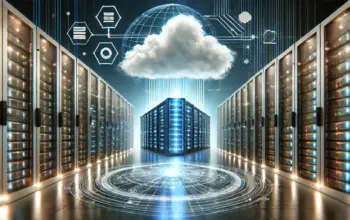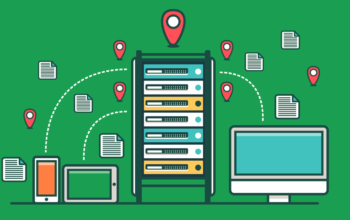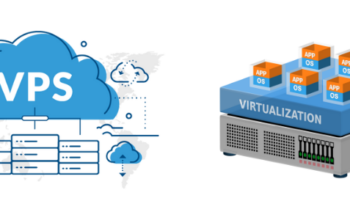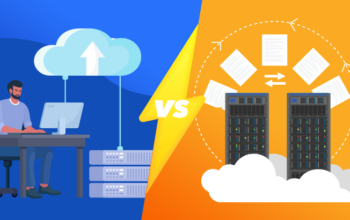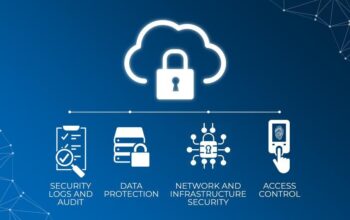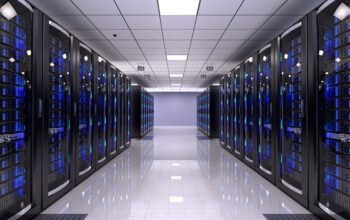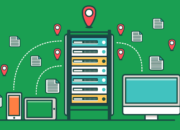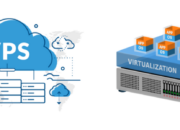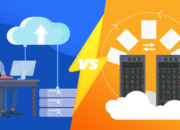Uzone.id – During the digitalization process, the world has been concerned about the ecological effects of technology. Cloud computing is an area that can greatly contribute to transformation for a better future.
Companies like Amazon Web Services (AWS), Microsoft Azure, and Google Cloud are among some of the major providers that not only change how businesses work but also ensure sustainability in technology. The green cloud trend is gaining momentum and reshaping industries alike.
Rise of Green Cloud Computing
Scalability, cost savings, and operational efficiency are some significant benefits offered by cloud computing. Nonetheless, these merits have high environmental costs too data centers where cloud services are based consume enormous amounts of energy thereby leading to carbon emissions which contribute greatly towards climate change. This awareness has led industry leaders to adopt sustainable practices to minimize their carbon footprints.
Google Cloud remains one such front-runner when it comes down to this issue since they became carbon neutral in 2007 already while planning on running entirely through renewable resources by 2030 if not earlier than planned then so be it!
It has been ranked as having some of the world’s most energy-efficient data centers alongside using smart cooling systems plus other ML-based energy optimization techniques available even though all remaining greenhouse gas emissions from its activities are offset against equivalent quantities purchased under contracts for electricity produced from renewable sources into grids supplying company sites around the globe – there still is more work left ahead.
Since last year’s announcement about The Climate Pledge being made by Amazon in 2019 where they promised themselves net-zero emissions come the year 2040 AWS has also been doing quite well on sustainable development goals or should we say targets? Yes indeed because besides aiming at powering all their worldwide infrastructures using nothing else other than clean energies within the next five years.
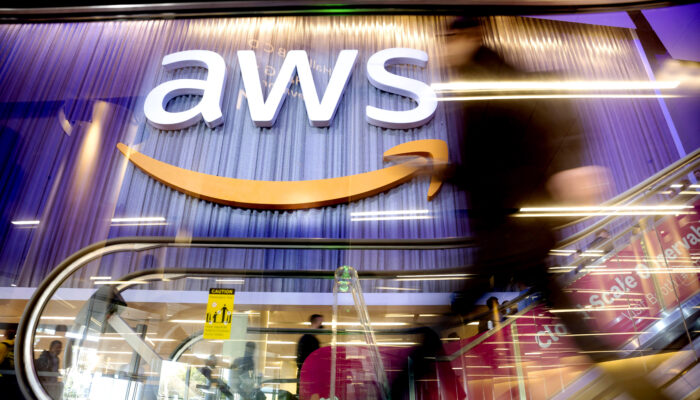
Microsoft Azure has set itself some rather ambitious goals in terms of sustainability with such statements made publicly for example being carbon negative by 2030 plus using only renewable energy sources when designing any new data centers which should be up & running before the year 2025 comes knocking at our doors.
Furthermore, they have also decided to launch a program that’ll help come up with innovative ways on how best capture, remove, or store CO2 gases from the atmosphere – so let’s just wait and see what happens next shall we?
Benefits of Green Cloud Computing
Adopting sustainable cloud solutions not only helps in saving the environment but also brings several other benefits to businesses. It can improve corporate social responsibility (CSR) ratings which are important for organizations seeking compliance with certain regulatory requirements while at the same time attracting eco-friendly customers who may want nothing less than to go green always!
Additionally, energy efficient practices usually lead to reduced costs because less power is consumed thus translating into lower operational expenses incurred over time.
According to the International Energy Agency (IEA), each data center together with its corresponding transmission network accounted for about 1% share of total electricity demand worldwide as of the end of the year 2019.
These numbers are projected upwards due to increased digitalization efforts globally hence calling for more efficient energy usage coupled with wider adoption rates towards renewable sources so that this growth can be sustained without adversely affecting the planet’s wellbeing.
Challenges And Innovations
The transition from conventional methods towards sustainable ones does come with some hurdles though promises remain clouded over somewhere among all these promises often broken or delayed due to various reasons known only too well by insiders themselves.
For starters, there’s a cost issue where initial investments required tend to be relatively high, especially during installation stages involving alternative power supplies plus retrofitting older facilities with new energy-saving technologies this means that more funds have to be allocated before peace of mind can prevail among green enthusiasts out there.
Secondly, rapid advancements within the technology sector necessitate continuous research & development investments so as not to fall behind the competition lest one gets too comfortable resting upon laurels achieved already thus decision remains yours.
Innovations in Cooling Technologies: One aspect of innovation is cooling technologies for data centers. Although energy-intensive, traditional methods of cooling are more efficient than newer models such as free-air and liquid cooling. For example, Microsoft has experimented with undersea data centers that take advantage of the natural cooling properties of the ocean.
AI and Machine Learning: Artificial Intelligence (AI) and machine learning have also played a role in making cloud computing sustainable. These can help optimize energy consumption by better predicting and managing workloads. Google uses AI to predict when its data centers will need cooling thereby cutting down energy usage by 30%.
Renewable Energy Projects: The cloud industry has started investing more heavily in renewable energy projects. One example is AWS’ announcement of multiple new renewable energy projects that will power their data centers around the world. This not only helps reduce carbon emissions from cloud computing but also contributes to growing clean power generation capacity worldwide.
The Future of Green Cloud Computing
The future looks bright for green cloud computing even at this point it cannot be any other way. As more organizations realize the value of being sustainable so too will there be an increase in demand for environmentally friendly cloud solutions.
To meet these needs providers must intensify their drive towards lowering environmental impact motivated both by consumer demands as well as government policies that may penalize them if they fail to comply.
“Beyond reducing our carbon footprint, we want to inspire our customers and partners”, said Dan Winters, Senior Director of Environmental Initiatives at AWS. “We aim at helping them reduce their environmental impact too.”
Greening clouds is one most important things happening right now within the tech industry. If not for anything else this alone should make it clear why on earth anyone would want all those solar panels up there.
Investing in renewables, and using less electricity through smart systems while at the same time optimizing for the best performance where possible through machine learning algorithms are just a few examples amongst many more ways through which such initiatives like those taken by various players within space eventually lead us towards making everything around us greener. It’s only a matter of time before businesses start demanding providers demonstrate their environmental stewardship credentials.



